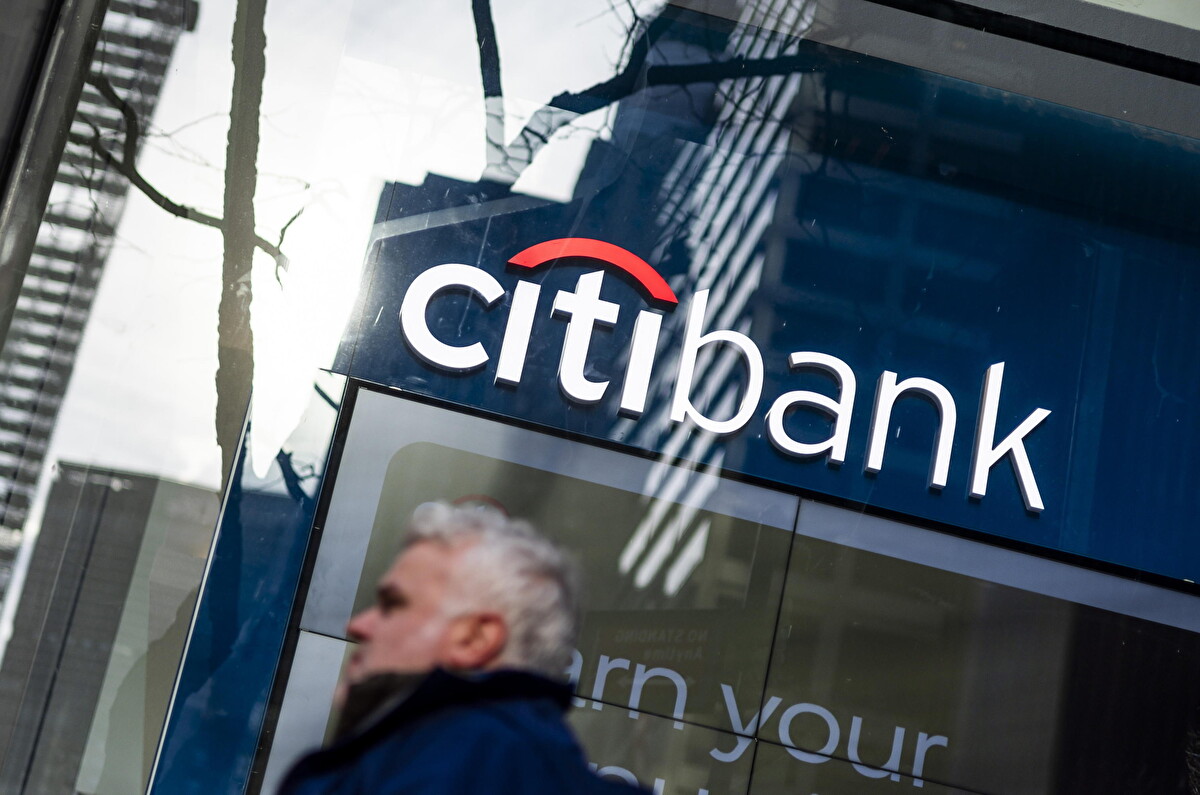I’m the mother of two beautiful, rambunctious, funny little girls. I am also a working professional, and a full-time MBA student in New York City. And I’m a bit concerned as to what is currently occurring in the United States with regard to how our government is handling the Coronavirus and COVID-19, the disease that is caused by the virus. Or lack thereof. I watch the news and keep informed. I make sure to tell my little ones to wash their hands frequently and to use their hand sanitizer – although getting a 4-year-old to remember the sanitizer can prove to be a task at times. I make sure that I am in constant communication with their school. But there’s something that is really concerning to me: as much as I try to keep abreast of what is going on, the information that is coming out of the White House is more than lacking. Individual states are being left up to their own devices to make decisions with little guidance from the government. Why is this? Why is there so much lack of transparency? Why the secrecy? I look at countries like Italy and China that have made difficult decisions to combat the devastation that has submerged them, and they have taken an initiative to protect their citizens – they devised a plan.
While I do not believe in being an alarmist, I do feel that there has been an immense lack of communication on the part of our federal government, when instead it should be constantly disseminating transparent and real-time information to the public about what is occurring in the United States, and what plan it is putting into place, or plans to put into place, to deal with COVID-19. Does the US have a plan? Time and again, medical and science professionals have stated that it is no longer about if communities across the US will be affected, but when. We still have little information about the testing kits that are being sent to cities around the US. Seattle is dealing with a very difficult situation, especially amongst its most vulnerable population, the elderly in adult care facilities, and those facilities were left scrambling to figure out how to contain the virus, and how to communicate with family members about their loved ones, which quite understandably fueled much frustration.
While major health insurance plans should cover COVID-19, the reality is that many patients will still have to bear some of the costs; copays and cost-sharing may be waived in some cases for testing of the virus, but not necessarily for all other exams, treatments and medical visits related to the illness. There again, there is trickle-down information varying from one health insurance to another. And what about those states that have significant numbers of their population without any insurance at all? Texas is one such state: 5 million Texans lack health insurance – about 18% of the state’s population, and many cannot take any paid sick leave from their jobs. On top of all that, Texas officials have stated that the “guidance” offered by the federal government was for doctors to use their own judgement when deciding whether or not a person should even be tested. There still has not been any mention of how to the government plans to get uninsured persons the proper access needed to be tested for COVID-19. People without medical insurance are also more likely to seek medical attention in the emergency room, which would be a recipe for disaster in the case of a widespread outbreak and would severely weaken our hospital care system. Not to mention that uninsured people are more likely to self-medicate or not seek out any medical attention at all if they suspect that they might be ill.

To exacerbate things further, as of March 6th, the US has only conducted 2,000 COVID-19 tests – why is the CDC so incredibly unprepared? What hindered the roll-out of these tests? Accurate testing leads to virus containment, but most states had to send their samples to the CDC until March 2nd, which led to massive bottlenecking in turnaround time for results. Seattle, which is the US city with the most COVID-19 cases to date, was so frustrated with the CDC that they developed their own in-house test. States are currently conducting their own tests, but a lot of precious time was lost in the interim due to the incredible inefficiencies of the CDC. The fact of the matter is that we really have no idea how many Americans have been affected by COVID-19, and I – as I’m sure most people following the news – know that it is a much, much higher number than what we are being told.
New York has declared a state of emergency. The city’s higher education institutions have shut down, or will in the coming days, and major events have been cancelled. But this is all coming too late. Much too late. There is something very, very wrong going on here. The severity of the issue at hand and the potential widespread ramifications of COVID-19 are being grossly underestimated. And we should demand answers as to why.












